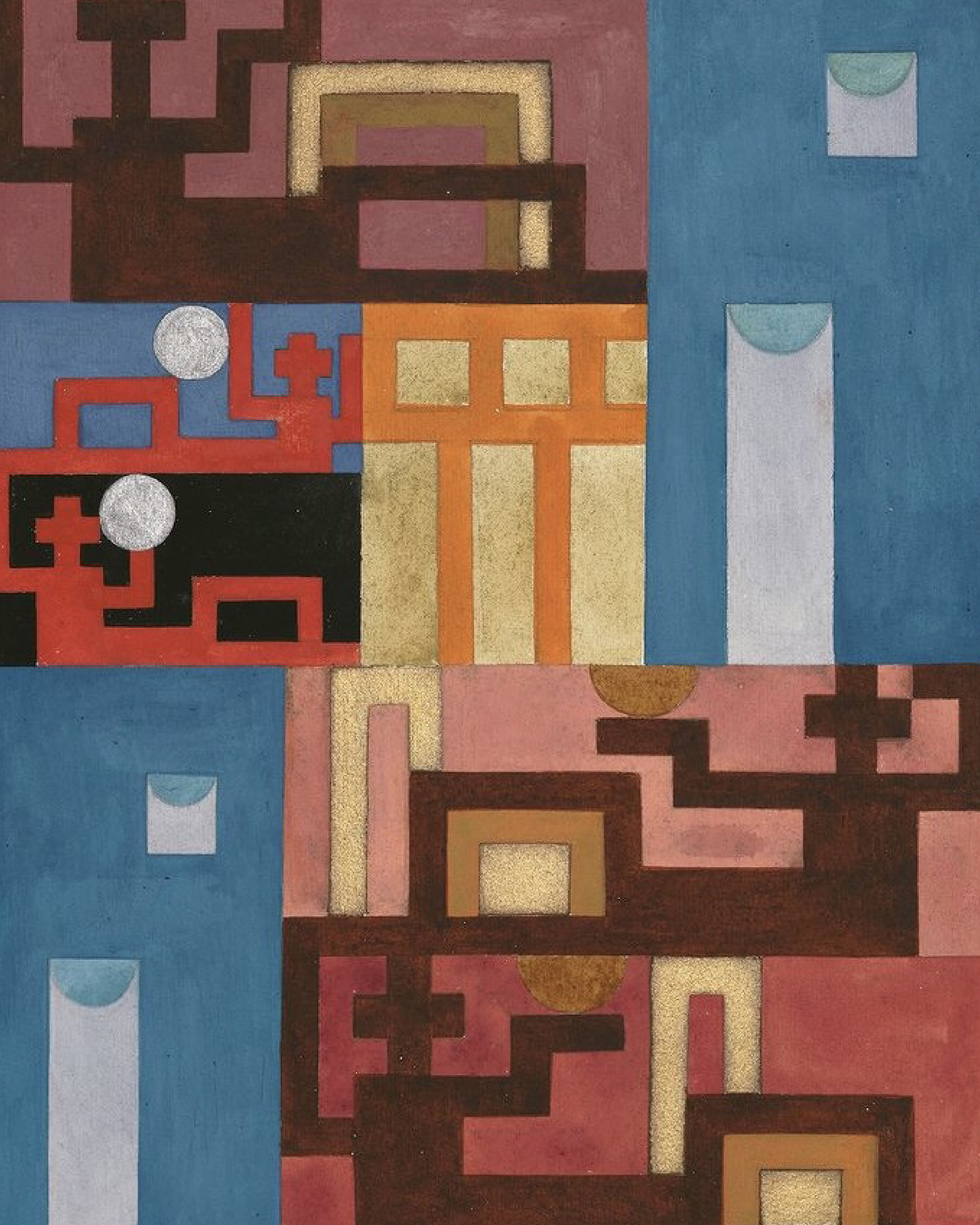Newsletters are published through my mailing list. To be the first to hear about studio updates, new recipes and garden developments subscribe here.
May
Welcome to my first newsletter! May, being an auspiciously Pagan month for new growth and life, felt sort of the perfect time to launch a new website and new chapter for the studio!
Welcome to my first newsletter! May, being an auspiciously Pagan month for new growth and life, felt sort of the perfect time to launch a new website and new chapter for the studio!
Thanks for following along with me.
Susie x
01. Garden
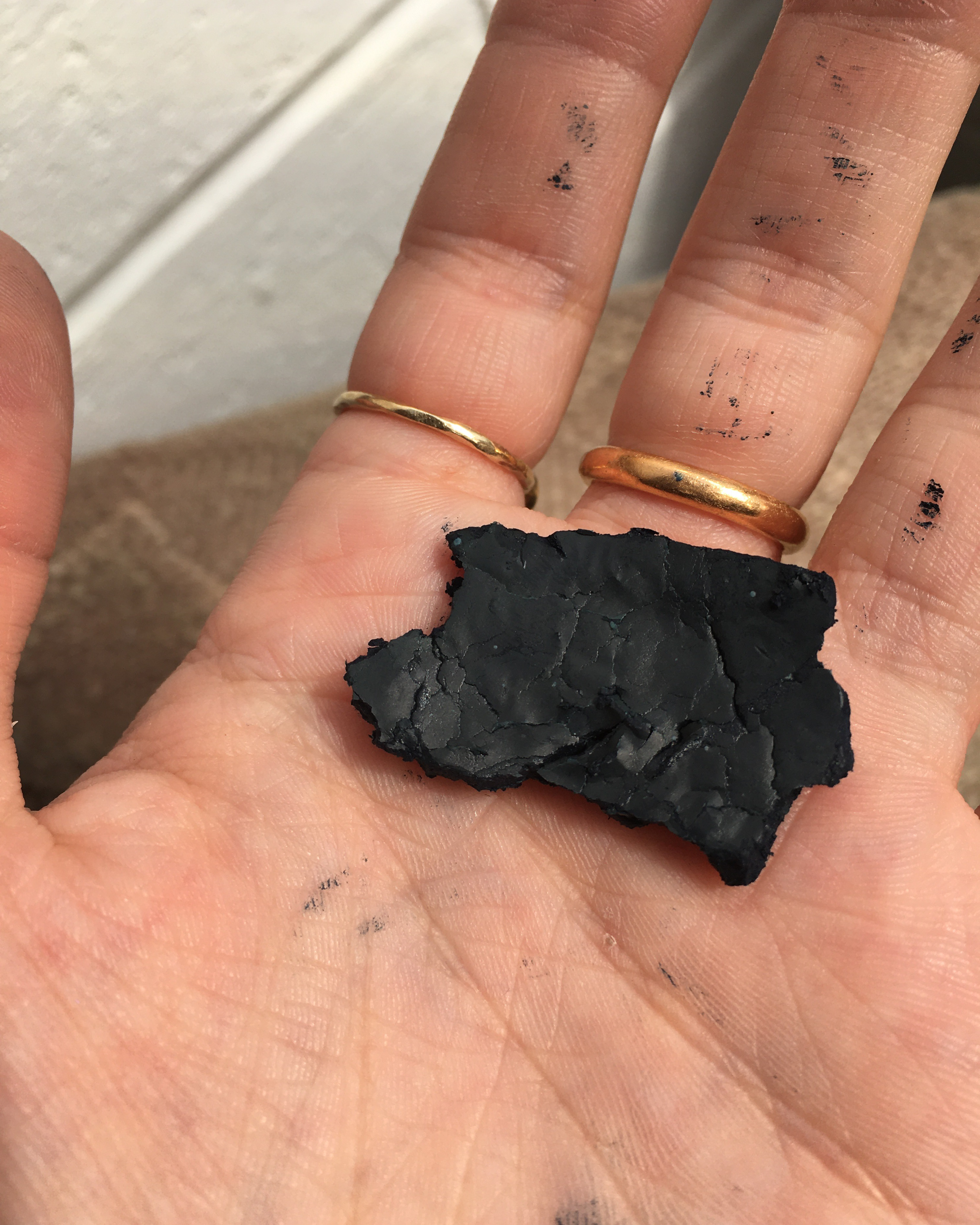

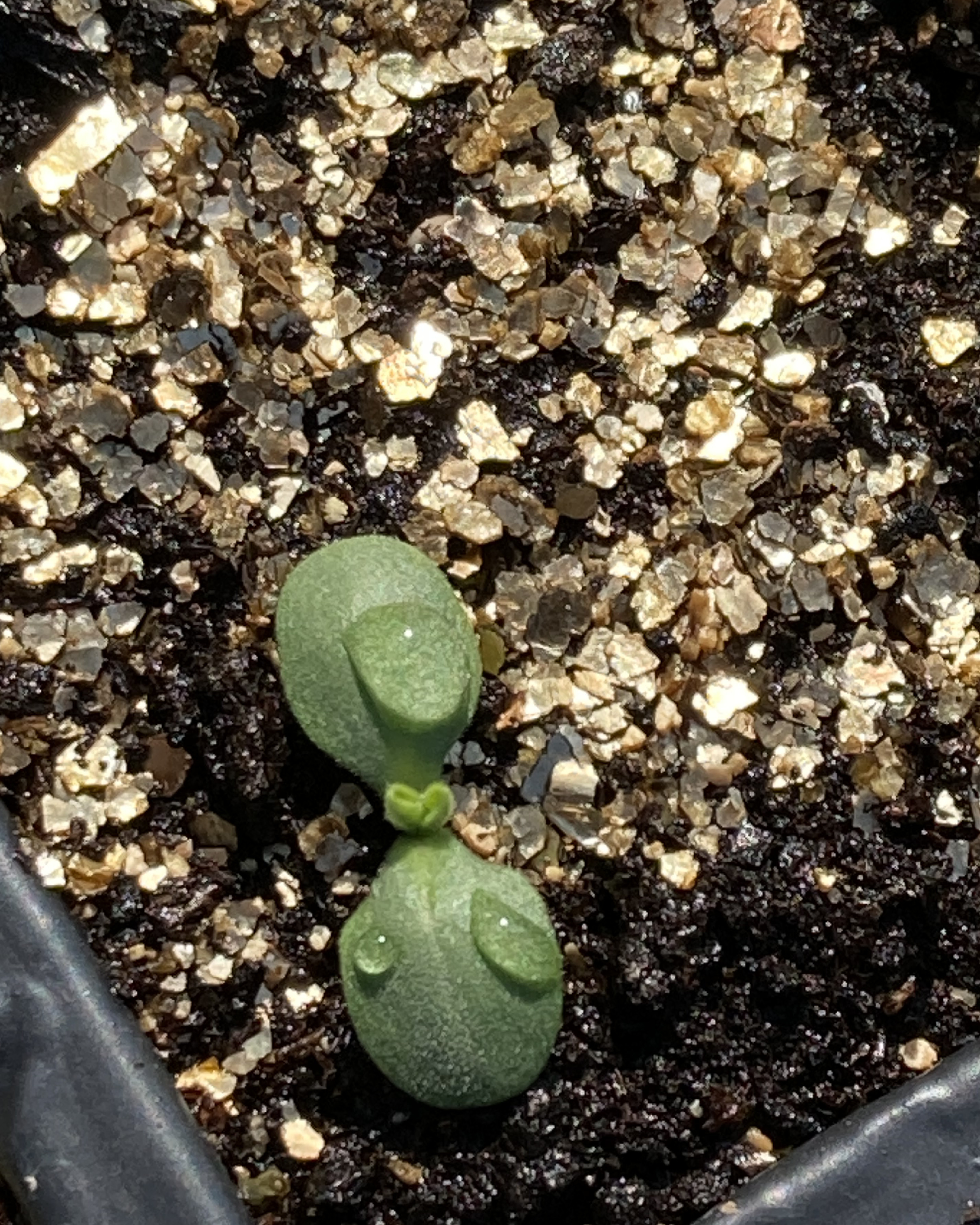
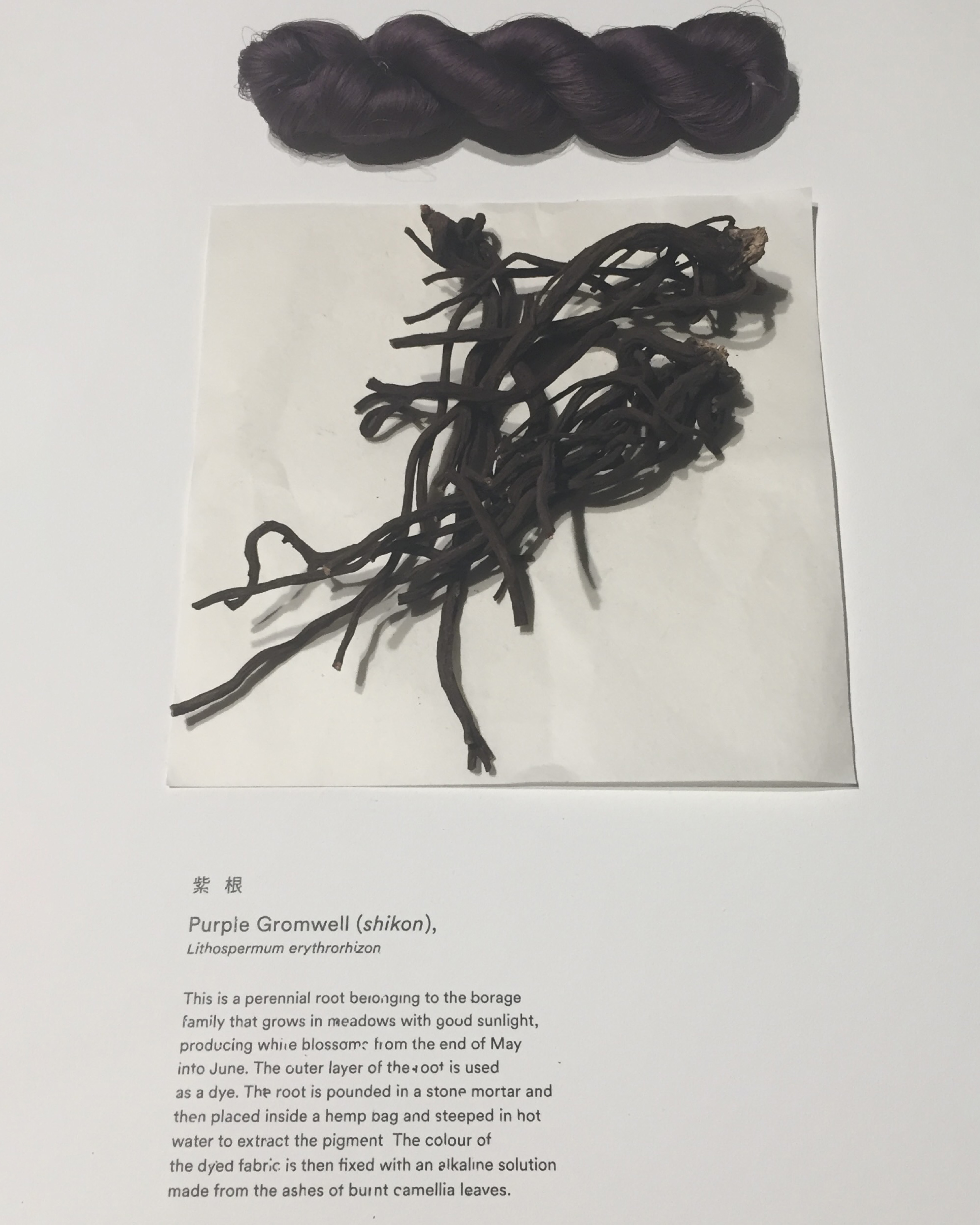

This past month has been a busy one in the greenhouse, sowing and growing this year’s dye plants. Going into it’s 3rd year, the dye garden is starting to come together and this Summer I’m trialling some new dyes; Murasaki and Japanese Indigo are both dye plants with history and prestige in Japanese antiquity and dyeing traditions so hoping they will prosper in Cornish climes! I’ve experimented in previous years growing Japanese Indigo and last year successfully extracted some v precious pigment, some varieties are hardier than others.
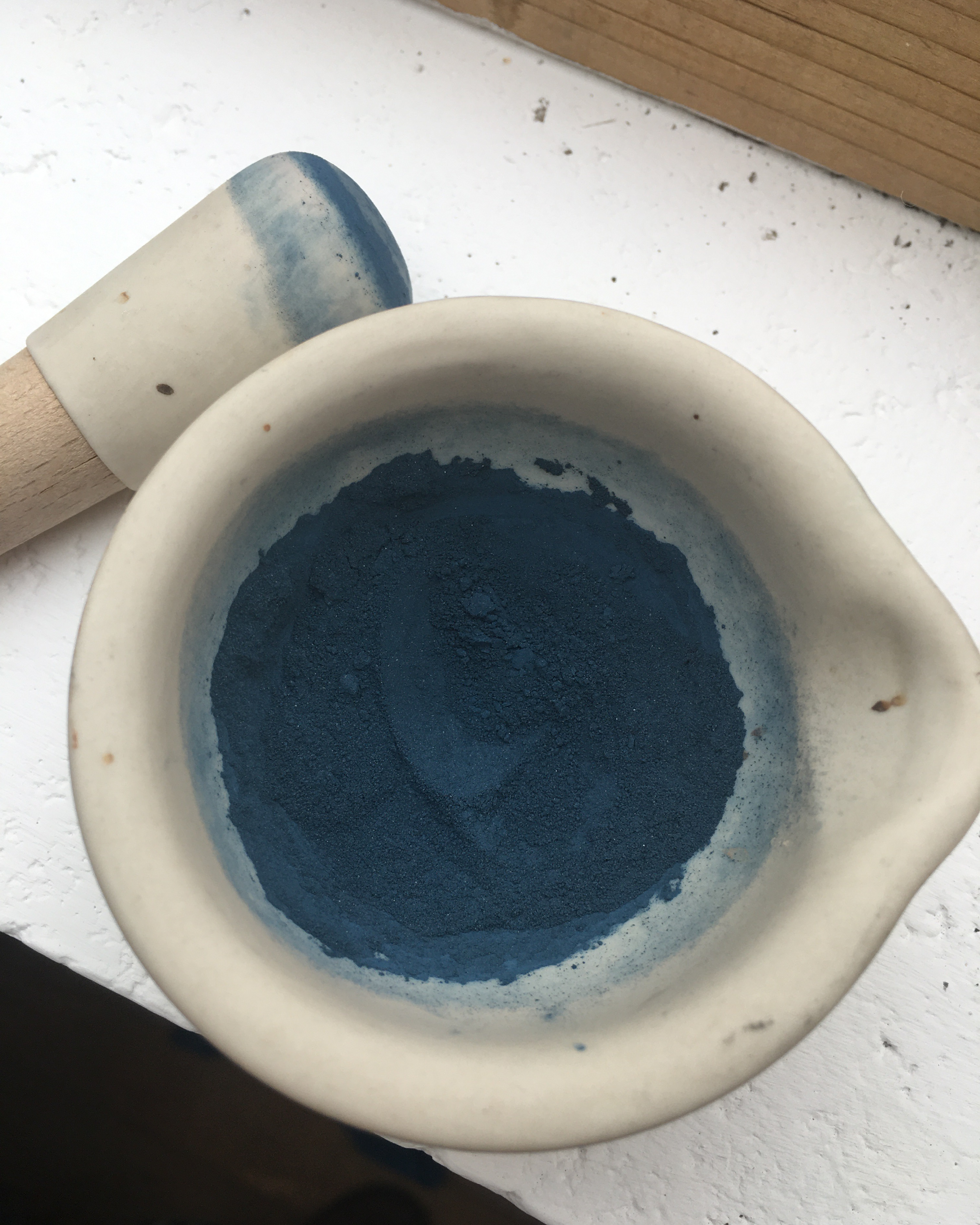
02. Kitchen
Rhubarb is a really useful plant, with uses in food, medicine and natural dyeing (here is a little video I made a while back showing colour obtained from rhubarb roots https://bit.ly/3ECNbVc ) The acid present in Rhubarb, oxalic acid, which also gives Chard and Spinach it’s earthy bitterness becomes more concentrated the more the plant matures - early or forced Rhubarb is much sweeter with a more delicate flavour. I made this cake recently for a friends party, a version from Ottolenghi with Orange and Lemon curd, here I’ve swapped the flavourings for Rhubarb and Orange, although working with the ratios of the curd recipe, so many possibilties!
The recipe makes extra and it’s also delicious spooned on ice cream,
stirred into yoghurt or spread on toast.


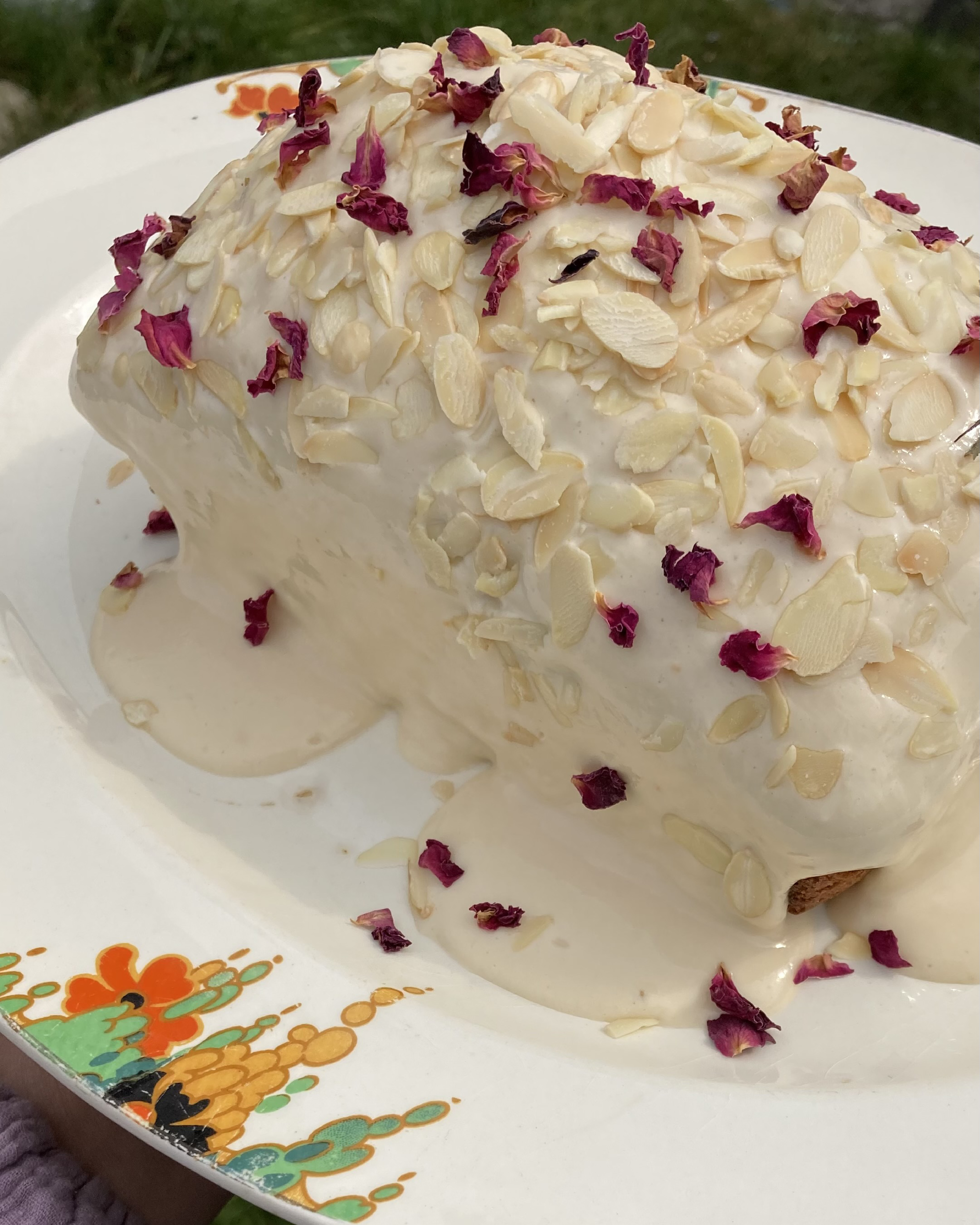
Yoghurt Cake with Rhubarb and Orange Curd
Serves 8
For the curd:
180g young rhubarb, trimmed and chopped into 1 inch pieces
Juice and zest of 1 orange (approx 50ml)
3 eggs plus 2 egg yolks
175g golden caster sugar
120g cold unsalted butter, cut into 1cm cubes
For the cake:
140g plain flour
70g ground almonds
2tsp baking powder
200g golden caster sugar
Zest of 2 oranges
1/2 tsp salt
230g thick set Greek yoghurt
1tsp vanilla extract
3 eggs
125ml olive oil
*optional 20g flaked toasted almonds, or edible flowers to decorate
First make the curd a few hours ahead or the day before.
Put the rhubarb and 2tbsp of water in a small food processor or blender and process to a smooth puree. Press the rhubarb puree through a fine sieve with the back of a spoon to collect the juice. Squeeze as much of the juice out as possible - you’ll need 100ml of rhubarb juice. Put the rhubarb juice, orange juice and zest, eggs and sugar in a medium saucepan, whisk to combine.
Cook, whisking constantly, over a medium heat for about 10 minutes until thickened, glossy and the curd coats the back of a spoon. Take the pan off the heat and whisk in the butter until incorporated. For an even silkier texture
blitz the curd briefly for a minute with a stick blender.
Set aside to cool, cover and leave to set in the fridge for a couple of hours or overnight.
Heat the oven to 190C (170C fan). Butter and line a standard 20cmx7cm loaf tin with greaseproof paper, leaving a small overhang on the sides. For the cake, sieve the flour, ground almonds, baking powder, sugar and salt into
a large bowl. Stir to mix. In a small bowl, mix 80g of the yoghurt with the orange zest, vanilla extract, eggs and olive oil until smooth.
Pour the wet mixture into the dry and mix gently until just combined - don’t over-mix!
Pour and level the batter in the prepared loaf tin and bake for 45 mins, or until golden brown and a small knife comes out clean. Turn out on a wire rack to cool while the cake is still warm.
For the icing mix the remaining 150g of yoghurt with 150g curd until smooth. Chill in the fridge until needed.
Spoon the icing over the cooled cake and sprinkle with almonds/edible flowers to decorate.
Enjoy!
03. Saved and Seen
Things from the internet and real life.

